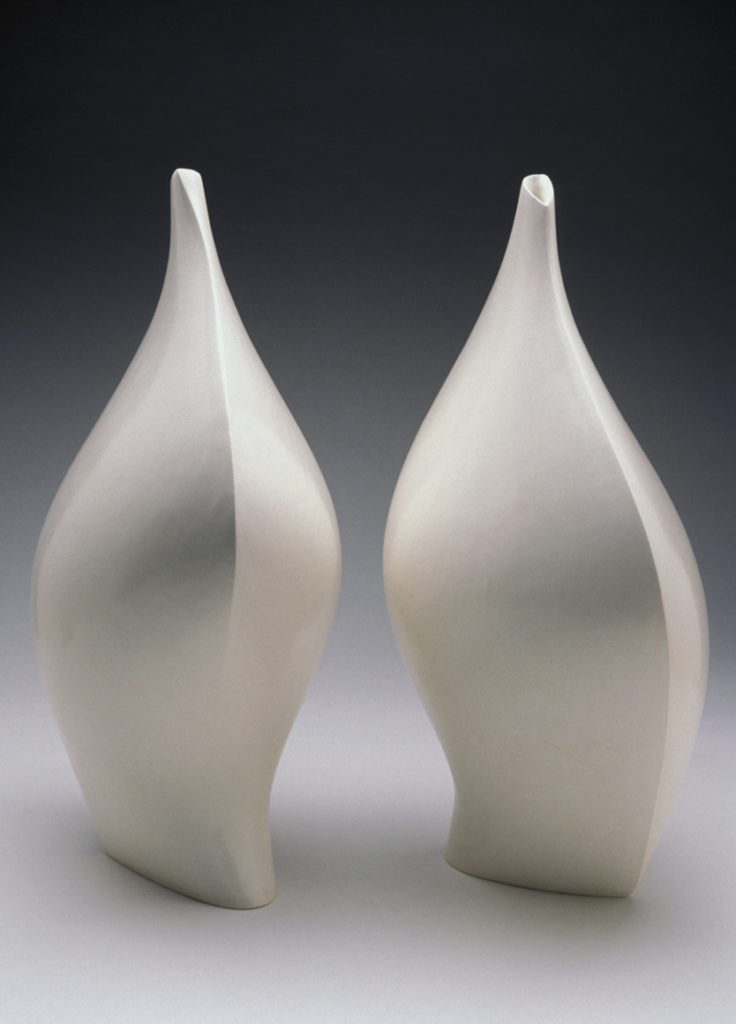Designers of African descent have been making significant contributions to the world of art and design. Many of these designers draw inspiration from traditional African culture and bring a unique perspective to their work. In this article, we will highlight different artists inspired by African Culture.
African culture inspires Woody De Othello, an American ceramicist today. De Othello creates ceramics based on his Haitian culture subject to traditional African culture. Additionally, he is inspired by the spontaneous, intuitive, improvisational energy of jazz, which marks a shift for the artist. De Othello’s latest figurative vessels nod to precolonial Yoruba pottery and Nkisi figures.

In her work, artist Zizipho Poswa often honors the strong women she grew up with in South Africa. With her background in textile design, she makes smaller decorative pieces for Imiso Ceramics. Poswa’s artistic process involves a fusion of traditional techniques and contemporary aesthetics. She creates a dialogue between the past and the present as she infuses her creative voice into African traditional art forms.

This fusion of styles and cultural influences results in captivating artworks. The works resonate with viewers on both an aesthetic and emotional level. She created Ismo ceramics with her business partner and fellow artist Andile Dyalvane. Her artworks, showcased on the Imiso Ceramics website, demonstrate Poswa’s mastery of clay as a medium. She molds and sculpts the clay into unique vessels and sculptures, adorned with intricate patterns and textures. The active engagement of Poswa with her materials is evident in how she brings life to her creations.
Ini Archibong, based in Switzerland, is a Nigerian American designer who applies his hand to sculptural creations. Archibong recalls a eureka moment he had as a student at Pasadena’s ArtCenter College of Design. He was sanding the form, preparing to cast it in aluminum, and felt connected with his creative side. In an interview with Forbes Magazine, Ini Archibong spoke about his philosophy on design and creativity. He stated, “I have come to realize that the most creative people are the ones that don’t try to be creative.”

They are just themselves, and that is where their creativity comes from.” Archibong also talked about his upbringing and how it influenced his work. He grew up in California and Switzerland, which gave him a unique perspective on design and culture. He described his design process as a “mixture of inspiration, research, and imagination subject from his Nigerian origin. Archibong’s approach to design values individuality and authenticity. He seeks to create spaces that are both functional and beautiful. He collaborated with Hermès to create the s a stirrup-shaped watch. he also creates assorted furniture collections for the furniture company Sé and the New York gallery Friedman Benda.
Ebitenyefa Baralaye is a Nigerian-born, Detroit-based sculptor who has embraced figuration while contemplating his own identity. Following the racial reckoning of 2020 and the death of his father that same year, Baralaye has created two new bodies of work that riff on the 19th-century face jugs created by enslaved people in the American South, particularly the work of David Drake, a.k.a. Dave the Potter. His Akanza series mixes his and his father’s abstract facial features. Meanwhile, his All My Relation series pays homage to his Nigerian ancestors through an imagined archive of eyes.

Image courtesy of Ebitenyefa Baralaye / Richard Haynes
These designers serve as a testament to the diverse and innovative contributions that Black artists and makers continue to make to the art and design world. From the intricate hand-built creations of Zizipho Poswa to the sculptural creations of Ini Archibong, these designers have made their mark on the industry.
As more African designers emerge onto the global art and design scene, it is clear that they are bringing unique perspectives and styles to the table. Their work serves as an inspiration for aspiring designers and artists across the world, encouraging them to embrace their heritage and culture in their creative endeavors. Whether through pottery, sculpture, or furniture design, these designers have proven that African creativity is a force to be reckoned with.


